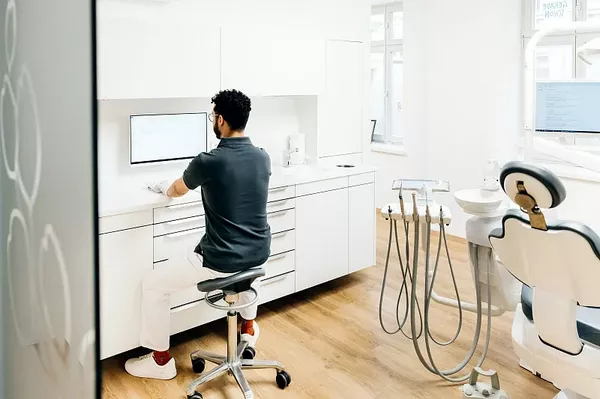A bright and radiant smile is a confidence booster and a sign of good oral health. Over time, various factors, such as aging, diet, and lifestyle choices, can lead to tooth discoloration. Fortunately, there are numerous methods available to help you achieve a whiter and brighter smile. In this comprehensive guide, we will explore the best ways to brighten your teeth, from simple at-home practices to professional dental treatments.
Understanding Tooth Discoloration
Before we delve into the best methods for teeth whitening, it’s essential to understand why teeth become discolored. Tooth discoloration can be broadly categorized into two types:
Extrinsic Stains: These stains occur on the surface of the tooth and are typically caused by external factors. Common culprits include coffee, tea, red wine, tobacco, and certain foods with intense pigments. Poor oral hygiene can also contribute to extrinsic staining.
Intrinsic Stains: Intrinsic stains are deeper and occur within the tooth structure. They may result from factors like genetics, certain medications (such as tetracycline antibiotics), excessive fluoride exposure during tooth development, or trauma to the tooth. Intrinsic stains can be more challenging to address.
Best Ways to Brighten Your Teeth
Achieving a brighter smile involves choosing the most suitable method based on the type and severity of your tooth discoloration. Here are the best ways to brighten your teeth:
Maintain Excellent Oral Hygiene
Brush your teeth at least twice a day using fluoride toothpaste.
Floss daily to remove plaque and food particles between teeth.
Consider using an electric toothbrush for more effective cleaning.
Modify Your Diet:
Limit consumption of staining substances like coffee, tea, red wine, and dark-colored foods.
Rinse your mouth with water after consuming stain-causing foods and beverages.
Whitening Toothpaste:
Whitening toothpaste contains mild abrasives that can help remove surface stains.
These toothpastes are suitable for addressing extrinsic stains but may not significantly affect intrinsic stains.
Over-the-Counter Whitening Products:
Over-the-counter whitening kits, such as whitening strips or gels, can be effective for reducing mild to moderate extrinsic staining.
Follow the instructions carefully for safe and effective use.
Professional Dental Cleanings:
Regular dental check-ups include professional cleanings to remove plaque, tartar, and surface stains.
Dental hygienists use specialized tools to polish your teeth, enhancing their appearance.
At-Home Whitening Trays:
Dentists can provide custom-made whitening trays that fit your teeth perfectly.
You’ll receive a professional-grade bleaching gel to use at home, which can achieve more significant results than over-the-counter products.
In-Office Teeth Whitening:
In-office teeth whitening procedures, administered by a dentist, offer the most dramatic and immediate results.
These treatments use stronger bleaching agents and specialized equipment.
In-office whitening is highly effective for both extrinsic and some intrinsic stains.
Microabrasion:
Microabrasion is a dental procedure that uses an abrasive compound to remove surface stains.
It’s effective for some extrinsic staining but may not address deeper or intrinsic stains.
Porcelain Veneers:
For stubborn intrinsic stains that do not respond to other methods, porcelain veneers can be a cosmetic solution.
Veneers are thin shells bonded to the front of teeth, providing a uniformly bright appearance.
Lifestyle Adjustments:
Quit smoking and limit alcohol consumption to prevent extrinsic staining.
Maintain good oral hygiene practices to prevent new stains from forming.
Choosing the Right Method:
Selecting the best method to brighten your teeth depends on several factors, including the type and severity of your tooth discoloration, your budget, and your desired timeline for results. It’s advisable to consult with your dentist to determine the most suitable approach for your unique needs and goals. A dentist can also assess your oral health and discuss any potential side effects or risks associated with specific whitening methods.
Conclusion
Achieving a brighter smile is within reach, thanks to a variety of effective teeth whitening methods. Whether you’re dealing with extrinsic or intrinsic staining, maintaining excellent oral hygiene, modifying your diet, and considering professional dental treatments can help you achieve the smile you desire. Consulting with your dentist is the first step in determining the best approach to brightening your teeth and enhancing your overall oral health and confidence.
Related Topics:































